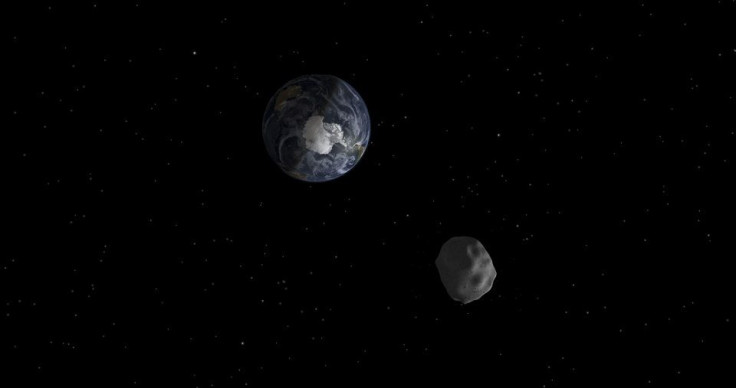NASA Asteroid & Comet Watch spots 4 asteroids fly too close to Earth on Tuesday

There were four asteroids that approached Earth uncomfortably close on Tuesday. Three of the asteroids were more than a million miles away and outside the Moon’s orbit, so it is still comparatively safe from hitting the planet.
However, one asteroid flew too close for comfort at 197,000 miles of Earth. It was the largest of the four, measuring 100 feet across or about the size of an airplane. It was bigger than the asteroid that entered Russian atmosphere in 2013, measuring 65 feet, which damaged buildings.
The Asteroid and Comet Watch of the National Aeronautics and Space Administration (NASA) says that if any of the four hits Earth’s atmosphere, it could produce an air burst twice the energy that hit Russia and could destroy a major city, Dailycaller reports.
But the planet is safe for now, and chance of the asteroid impacting Earth on Sept 28, 2017, is 1-in-250 million, according to NASA’s Center for Near-Earth Object Studies. Asteroid detection programmes across the world have found more than 13,500 near-Earth objects of all sizes, of which 1,218 were located in 2016, according to the Minor Planets Center.
Express reports that NASA has sought the assistance of other nations in redirecting the asteroids, which are travelling at about 55,923 miles per hour, away from Earth. The space agency launched its first robotic mission to visit a large near-Earth asteroid and remove some of its mass before redirecting it into a stable orbit around the Moon.
VIDEO: CubeSat Mission: Near-Earth Asteroid Scout
Source: NASA’s Marshall Center




















